What we know about Labour’s plan for people on benefits
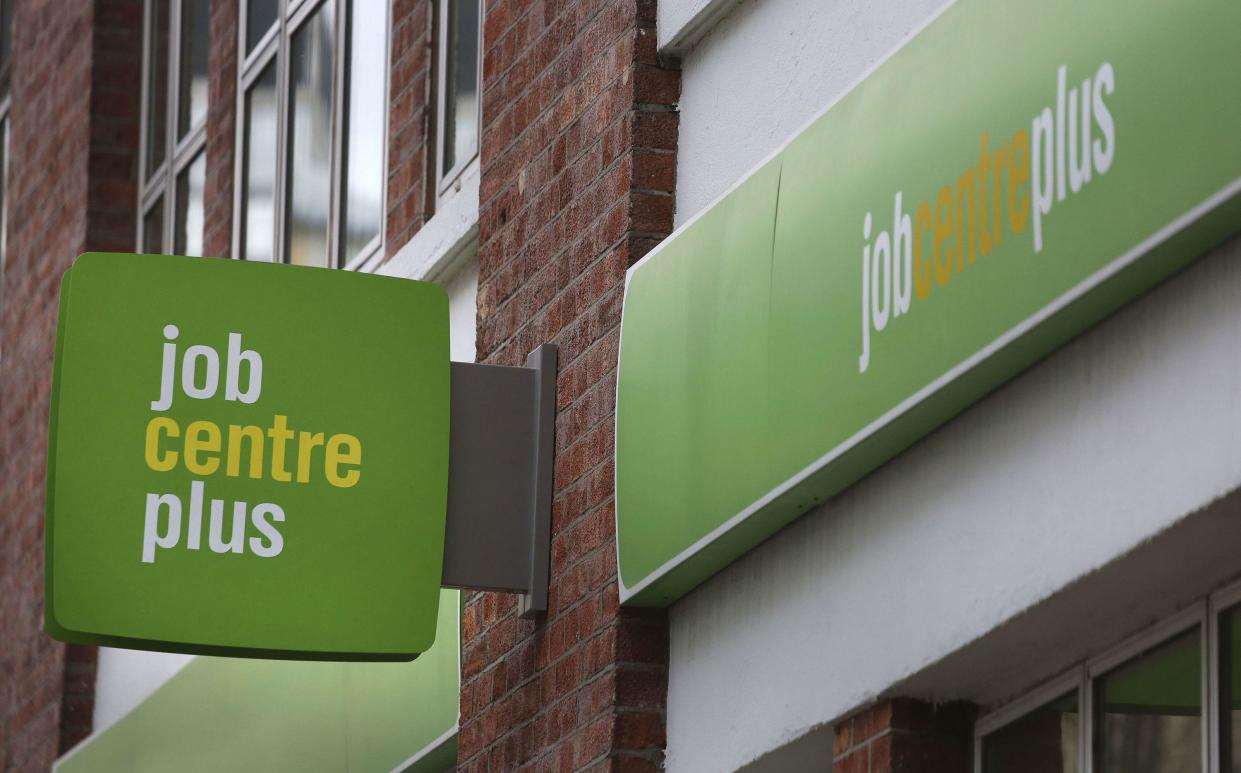
The government is planning to overhaul the benefits system as it laid out its proposals aimed at getting people back to work.
Work and pensions secretary Liz Kendall criticised the former government’s “strivers versus scroungers” rhetoric as she laid out plans to transform the Department of Work and Pensions (DWP) on Tuesday.
In her first major speech since taking over at the helm of the DWP, Kendall said she would seek to implement a fundamental reform of the department.
She said that the DWP “will shift from being a department for welfare to being a department for work” and added that the current system is “both too siloed and too centralised” and that “the Conservatives put political point-scoring ahead of solving problems”.
However, some charities remain concerned with Disability Rights UK telling Yahoo News the proposals are potentially "extremely damaging" to disabled people.
Skip to read ➡️
What has Labour said about benefits since the election? | What did Labour promise in its manifesto? | What has the reaction been? | How big is the UK’s benefits bill?
What has Labour said about benefits since the election?
Kendall said this week that job seekers will still be obligated to engage with support, look for work and take jobs when they are offered. However, she said that more attention would also be paid to wider issues – such as health, skills, childcare and transport – that play a role in determining whether people can get work, stay in work and succeed in their work.
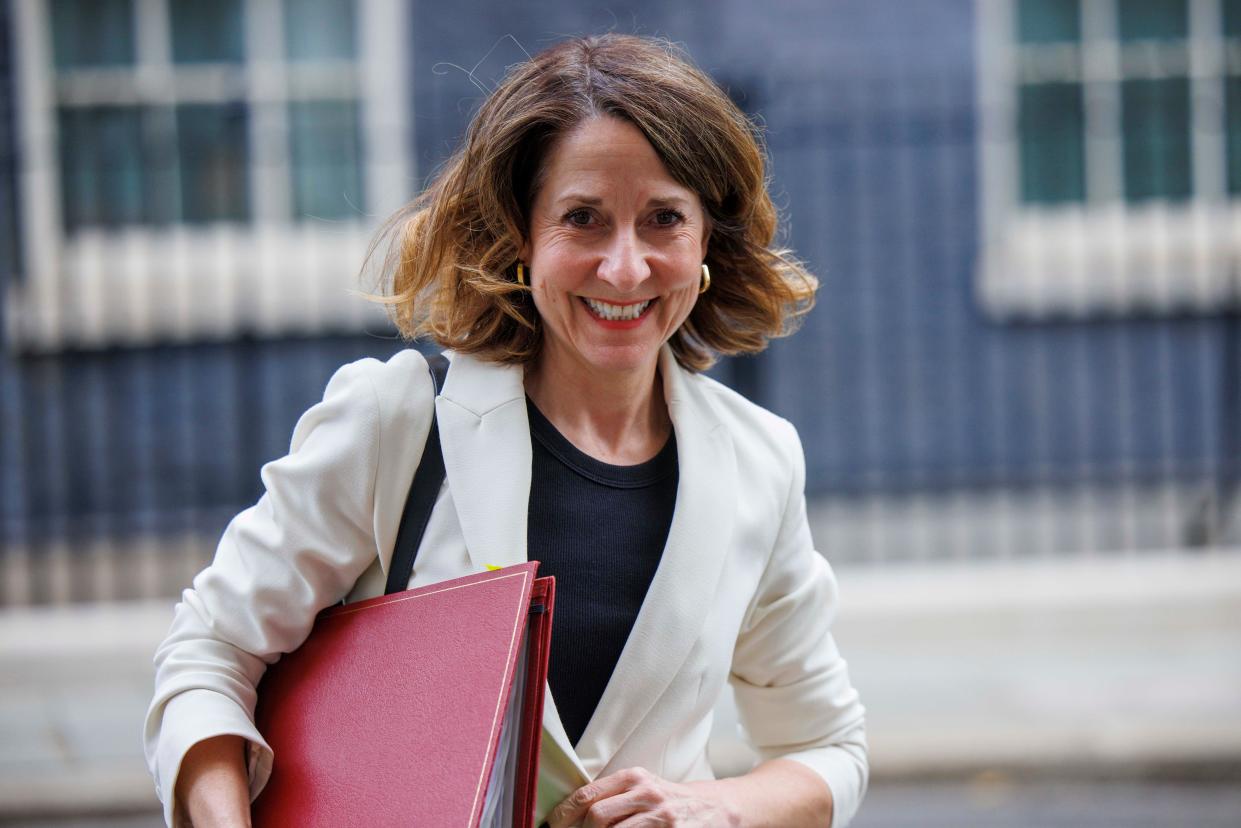
Labour has said that its goal is to reach an 80% employment rate, meaning getting two million more people back into work.
The plans include an overhaul of job centres to create a careers service that merges JobCentre Plus and the National Careers Service as well as a “youth guarantee” to offer training to 18- to 21-year-olds. The government will also transfer powers to local areas, in what Kendall called “a fundamental shift in the balance of power and resources” to mayors and local areas to lead work, health and skills plans for the economically inactive.
Prime minister Sir Keir Starmer previously said benefits offer people less “dignity” than work, telling The Telegraph during the election campaign that “handouts from the state do not nurture the same sense of self-reliant dignity as a fair wage”. He added that he plans to “make work pay, so people have the wages and security they need”.
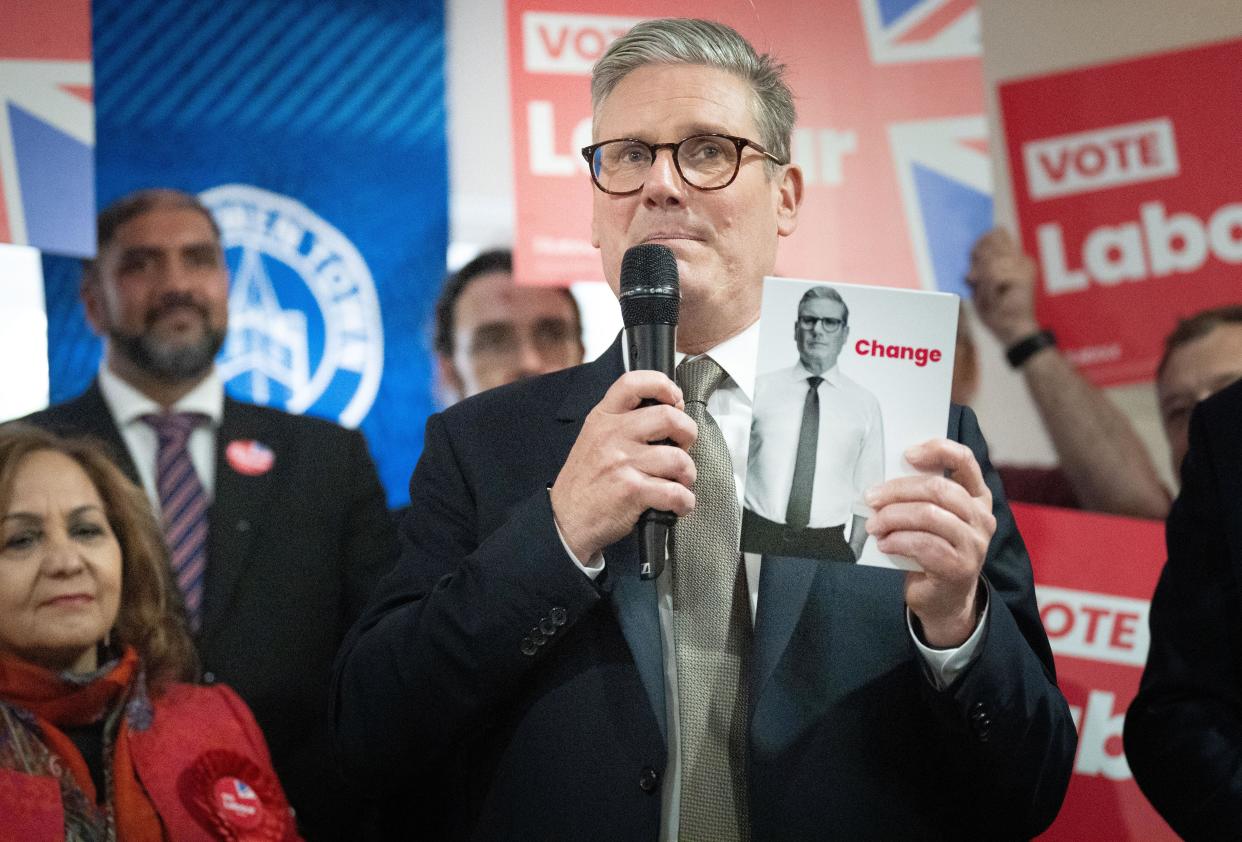
What did Labour promise in its manifesto?
In Labour’s manifesto, released during the general election campaign last month, the party vowed to clear the backlog of Access to Work claims. This is government support to help get or stay in work while having a physical or mental health condition or disability.
Labour said in its manifesto that the work capability asessment – used to decide how much universal credit someone can get and under what conditions – "is not working and needs to be reformed or replaced". The manifesto said Labour wants to give disabled people the "confidence to start working without the fear of an immediate benefit reassessment if it does not work out".
Labour's manifesto says “too many people are out of work or not earning enough”, although it attributes long waits for the treatment of health conditions, including mental health issues as a reason for this "rise in economic inactivity".
What has the reaction been?
Kendall’s plans for reform have been broadly welcomed – but there have been concerns about the ongoing barriers in returning to work for some people. Helen Walker, the chief executive of Carers UK, said that unpaid carers of vulnerable people “feel invisible and forgotten”.
She added: “It’s vital that the government’s forthcoming white paper to ‘get Britain working’ includes the experiences of all working age unpaid carers and examines the barriers and opportunities for unpaid carers in juggling work and care. Unpaid caring needs to be recognised as a reason why millions of people may be ‘economically inactive’.”
Walker argued that there are “significant numbers” of unpaid carers living in poverty, and that they should “have the opportunities to work and those who cannot don’t face poverty and hardship”.
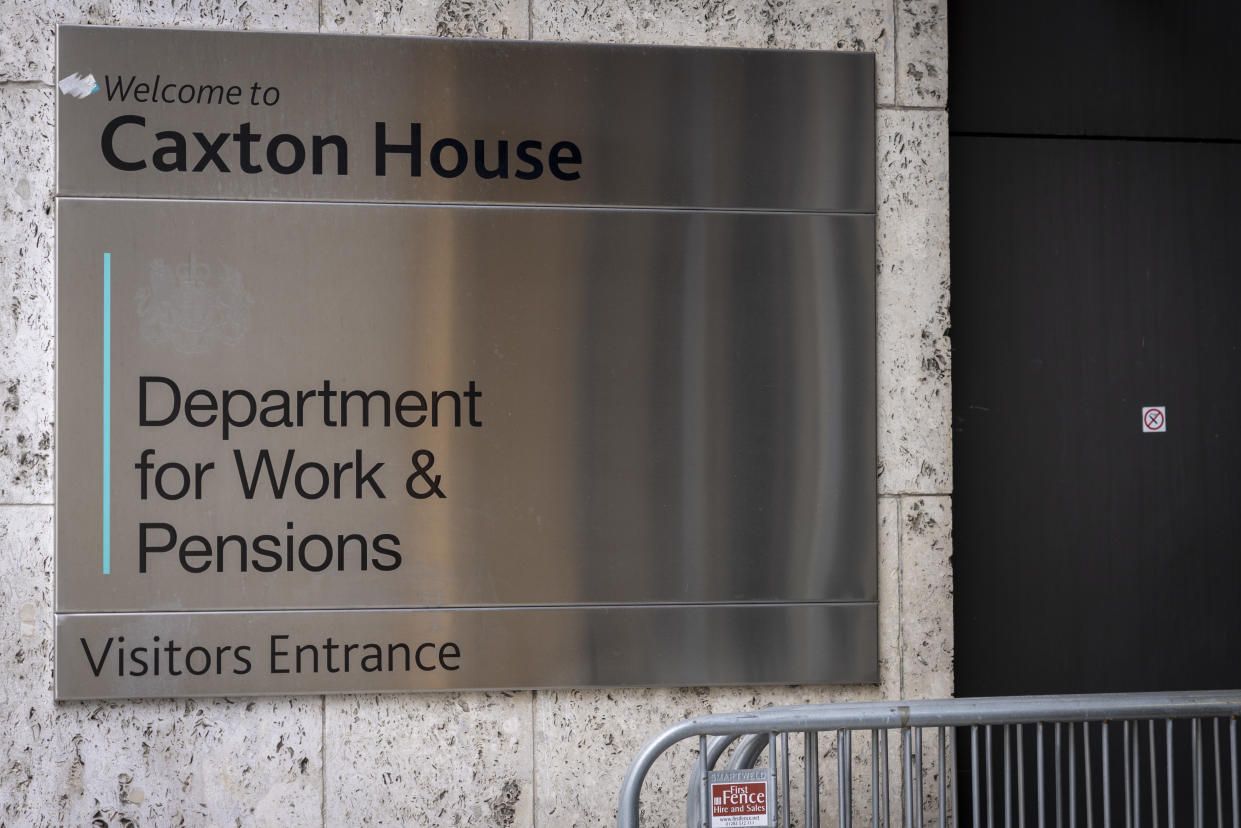
Mikey Erhardt, campaigner at Disability Rights UK, told Yahoo News UK that the proposals would be “extremely damaging to disabled people, denying us the additional financial support we need to lead our lives, and introducing further barriers to our inclusion”.
He added: ”No matter our background, no one should be left without a financial safety net, meaning we can live independent lives. We should all be proud of the social security system, a piece of social infrastructure that 22 million people across the UK draw on to live the lives we all have a right to.“
Helen Barnard, director of policy at the anti-poverty charity Trussell Trust, said Kendall’s announcement was “a positive step in the right direction”. However, she said that “this must be accompanied by a strategy to ensure everyone can afford the essentials whether they are working or not”.
James Taylor, executive director of strategy at disability equality charity Scope, said making sure nobody is excluded from the world of work “must include disabled people”. He added: “While having the opportunity to work is crucial, we also need a positive welfare system which provides the right support for disabled people.”
How big is the UK’s benefits bill?
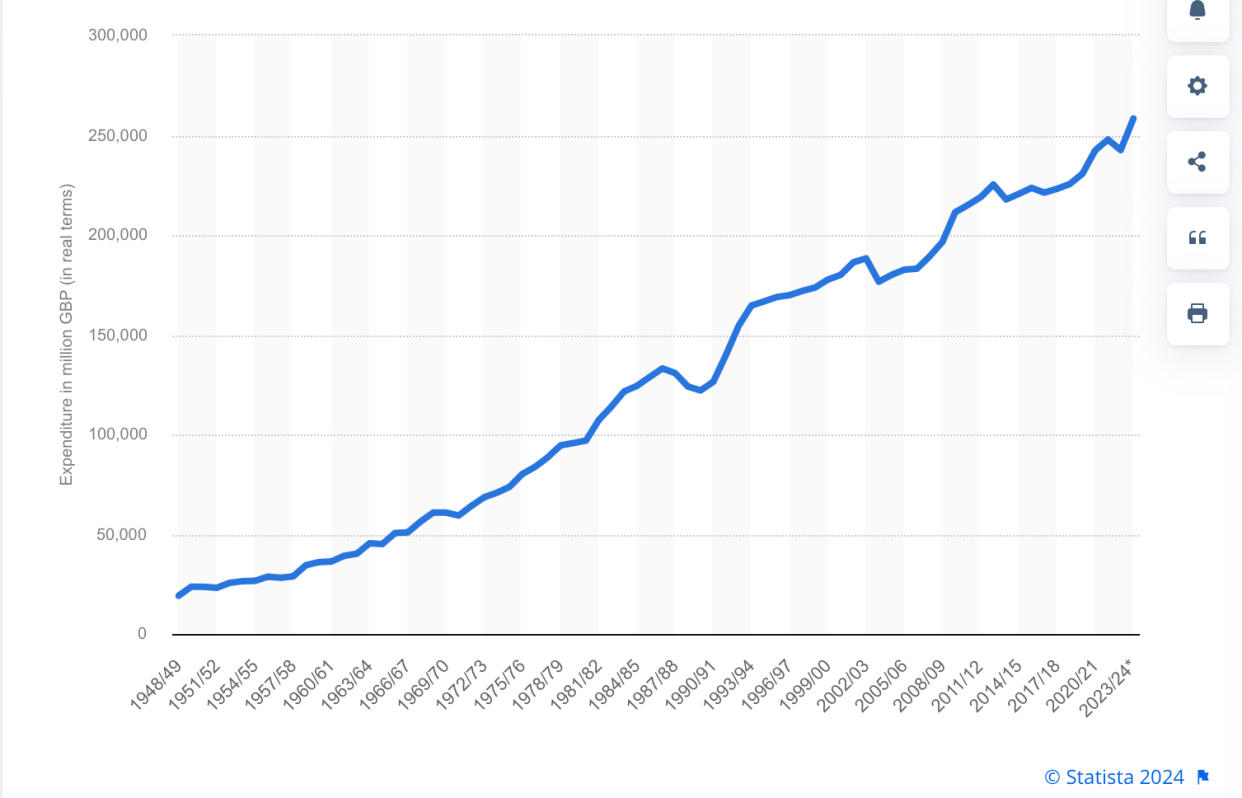
The benefits expenditure in the UK has shot up considerably over the decades. In 2023/24, the government is expected to spend some £258bn on benefits, an increase of £16bn from the previous year, according to government figures published on Statista.
In June, thre Resolution Foundation think-tank said that spending on welfare was set to rise by almost £21bn a year by the end of the next parliament, with the increase almost entirely down to pensions and disability benefits.
The think-tank, which aims to improve living standards of those on low-to-middle incomes, said 45% of the forecast rise in expenditure comes from a real-terms rise of £9.5 billion in spending on the state pension between now and 2028/29.
Some 47% of projected spending would be non-pensioner disability and incapacity benefits, forecast to rise by an extra £9.7bn per year in real terms over the same period.


